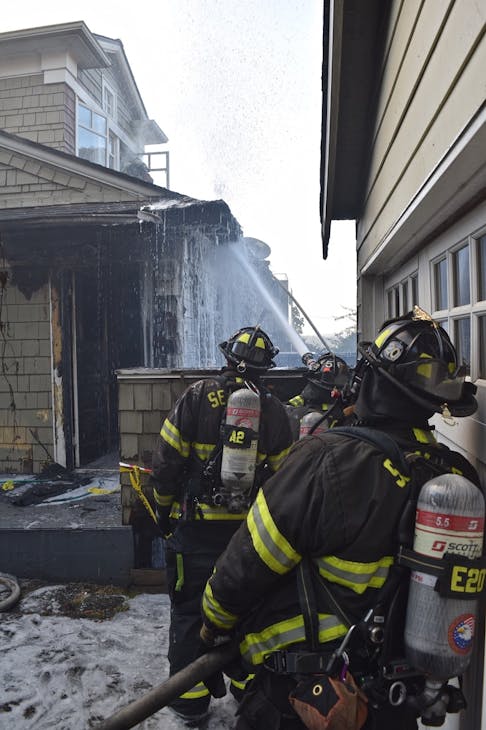class a foam acts as a surfactant which means that it
Class A foam is used on common combustibles such as paper wood and textiles. Foam is an object formed by trapping pockets of gas in a liquid or solid.
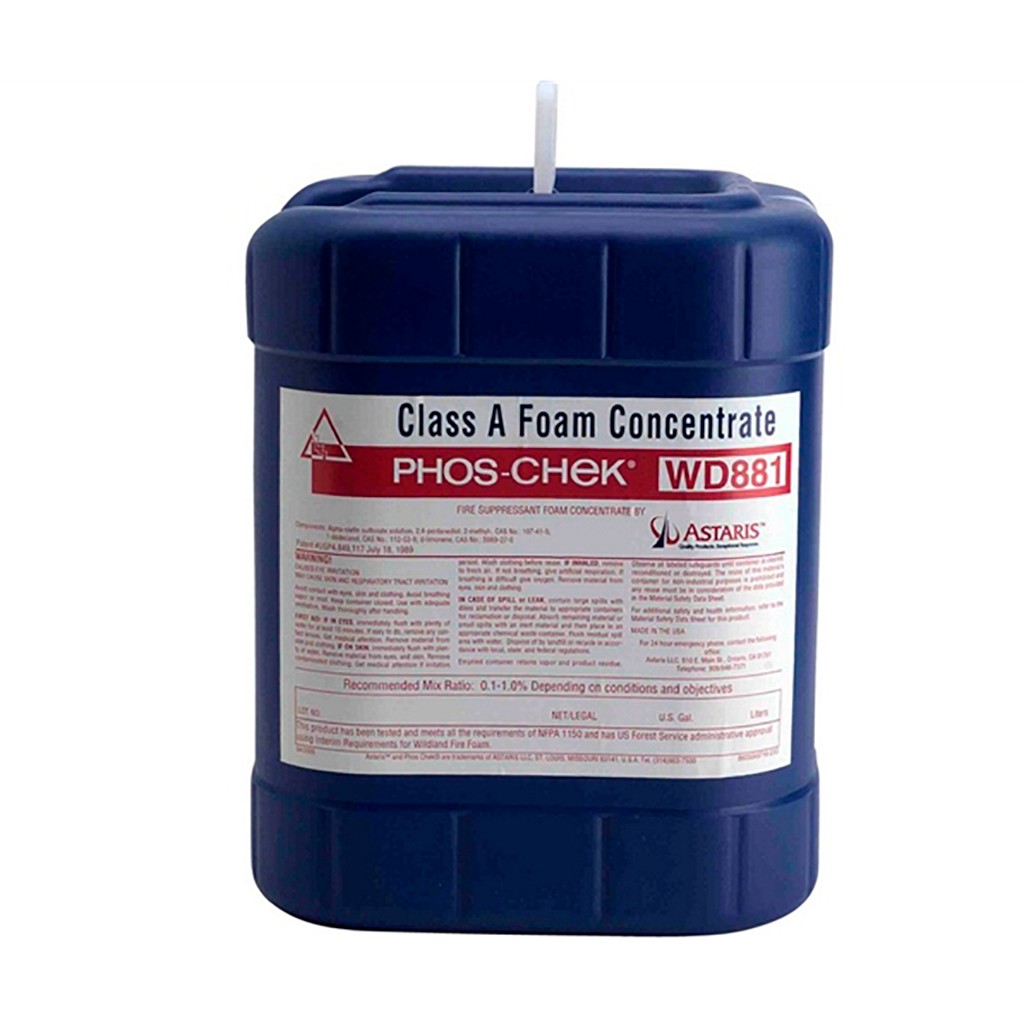
Phos Chek Wd881 Class A Foam 5 Gallon Pail Linegear
Costs of equipment Departments reported equipment costs up to 5000 per unit for nozzle-aspirated class A foam systems.
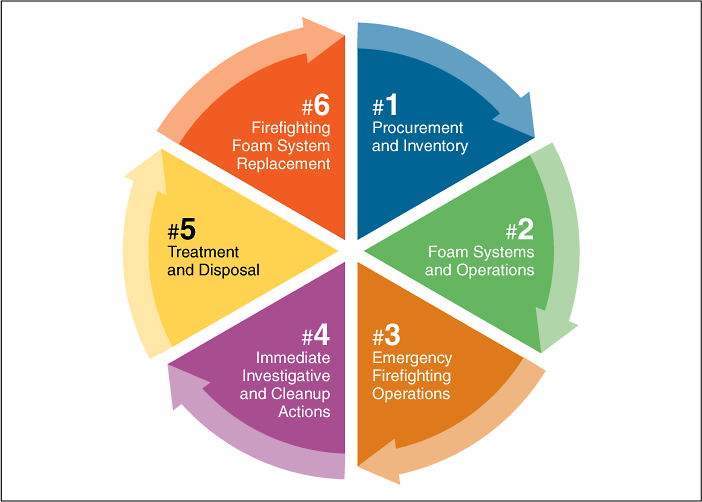
. The pressure inside a foam of radius R that contributes to its self-destruction is 2γR. National Foams Class A Foams are also wetting agents. Give the bubble film a viscosity that minimizes drainage.
A product that relies primarily on the water it contains for firefighting. Denkov et al Role of surfactant type and bubble surface mobility in foam rheology Soft Matter 5 2009 3389 review. Anionic surfactants create a lot of foam when mixed.
Anionic surfactants have a negative charge on their hydrophilic end. So a surfactant which reaches the lowest surface tension for the least amount of surfactant is in general going to give an easier longer-lasting foam. Class A foam is primarily a surfactant which is to say that it breaks down the surface tension of water.
Qualified to USDA Forest Service 5011-307a and UL approved for use as a wetting agent for Class AB applications Environmentally responsible. The second reason that surfactants help create foam is that the liquid in the foam walls is naturally sucked out of the walls into the edges. When mixed in correct proportions with water it can change two properties of the water.
A foam is a substance made by trapping air or gas bubbles inside a solid or liquid. Class A foams are often intended for use at very low concentration of 01 to 1 and are formulated using environmentally favourable raw materials. Class A foam is primarily a surfactant which is to say that it breaks down the surface tension of water.
Class A foam is deployed through a variety of portable and fixed appliance devices ranging from firefighters backpacks brush and fire apparatus to rotary and fixed wing aircraft. Another definition of foam is a bubbly liquid particularly if the bubbles or froth are undesirable. These products contain foaming agents which create air bubbles when aerated and wetting agents which allow the fluid that drains from foam bubbles to be easily absorbed by fuel soil and other materials that it come into contact with.
When used as a wetting agent the concentrate lowers the surface tension of the water allowing better penetration into deep seated fires. Class A foams may be used as a firefighting agent or as a fire barrier. Costs of equipment Departments reported equipment costs up to 5000 per unit for nozzle-aspirated class A foam systems.
This is nothing to do with drainage as explained in Drainage the walls contain an irrelevant. Class A foam typically runs at 03 05 or 1. The negative charge helps the surfactant molecules lift and suspend soils in micelles.
As a fire barrier Class A foams increase moisture con-tent in Class A combustibles preventing the ignition of these type fuels. CLASS A FOAM CONCENTRATE. What is a Class A Foam.
Many wildland firefighters including rural and small urban. AFFF Aqueous Film Forming Foam. Class A foam is for use against Class A fires such as paper rubber textiles and wood.
Class A foam is biodegradable and non-toxic so it is environmentally sustainable. Class B foam is used on flammable liquids. Tcholakova et al Role of surfactant type and concentration for the mean drop size during emulsification in.
The energy need to increase the surface area A is γδAδt so a low γ means more foam for less energy. When mixed in correct proportions with water it can change two properties of the water. CAFS units may cost up to 40000 per vehicle.
Class A foam will increase wetting effectiveness. Using Foam Increases Operational Efficiency. Class A foam surfactants stabilize liquid films foam bubbles in three ways.
In addition the portion of the foam concentrate molecule that repels other water in order to break the surface tension is also attracted to carbon. A compressed-air foam system CAFS another Class A foam deployment system is defined as a standard water pumping system that has an entry point where compressed air can be added to a foam. Costs for training Most departments did not quantify the cost of training their personnel to operate class A foam systems.
Many Class A foams are environmentally friendly and biodegradable when used in appropriate quantities. Class A foams are blend of surfactants that enable strong wetting and foaming properties. Foam can impede the flow of a liquid and.
Class A Foam vs. This is a biodegradable mixture of foaming and wetting agents. This is a biodegradable mixture of foaming and wetting agents.
Typically the volume of gas is much larger than that of the liquid or solid with thin films separating gas pockets. Difference was noted with nozzle-aspirated class A foam. Environmentally responsible KnockDown a Class A foam concentrate is a unique formulation providing unmatched firefighting performance and flexibility.
Class A foam is used for Class A fires which include solid combustibles such as paper wood cloth and some plastics. Because they are able to attack a broad range of soils anionic surfactants are used frequently in soaps and detergents. A foam concentrate containing fluorochemical surfactants that control the physical properties of water enabling it to float and spread across the surface of the hydrocarbon liquid.

How Does A Fire Fighting Foam Concentrate Work On Fire Bioex

Types Of Firefighting Foam Vanguard Fire And Security

Use Of Low Medium High Expansion Foam In Firefighting Bioex

How Does A Fire Fighting Foam Concentrate Work On Fire Bioex
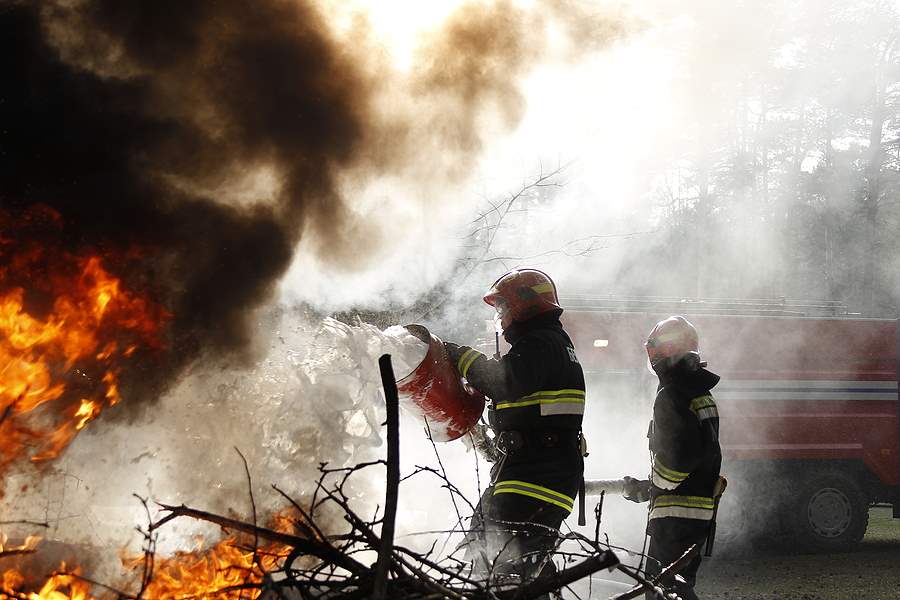
Firefighting Foam Exposure Afff Dolman Law Group

Firefighting Foam Making Water Wetter International Fire Fighter
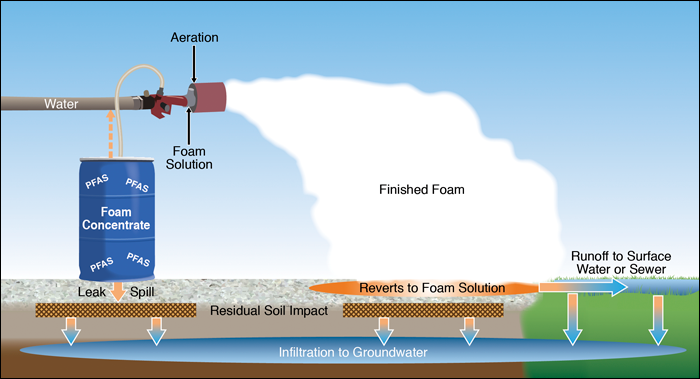
3 Firefighting Foams Pfas Per And Polyfluoroalkyl Substances
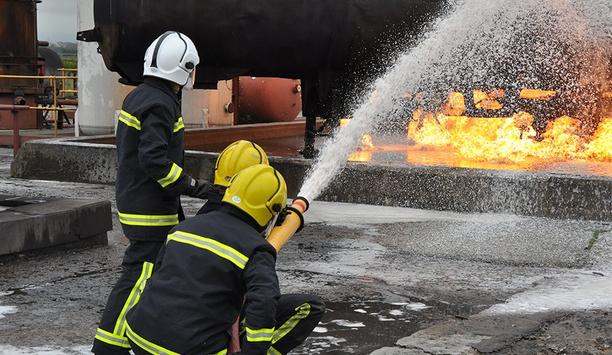
Firefighting With Foam Approaching The Transition To Fluorine Free Fire News

Choosing A Foam System Requires Examining Hazards Firehouse

How Does A Fire Fighting Foam Concentrate Work On Fire Bioex

3 Firefighting Foams Pfas Per And Polyfluoroalkyl Substances

Despite Advantages Of Using Class A Foam To Battle Wildfires Use Is Down That Needs To Change International Fire Fighter

How Afff Firefighting Foam Can Pollute Drinking Water Springwell Water Filtration Systems

Aqueous Film Forming Foam Afff Mass Tort News

The Right Foam For The Job Firefighter Training Fire Engineering
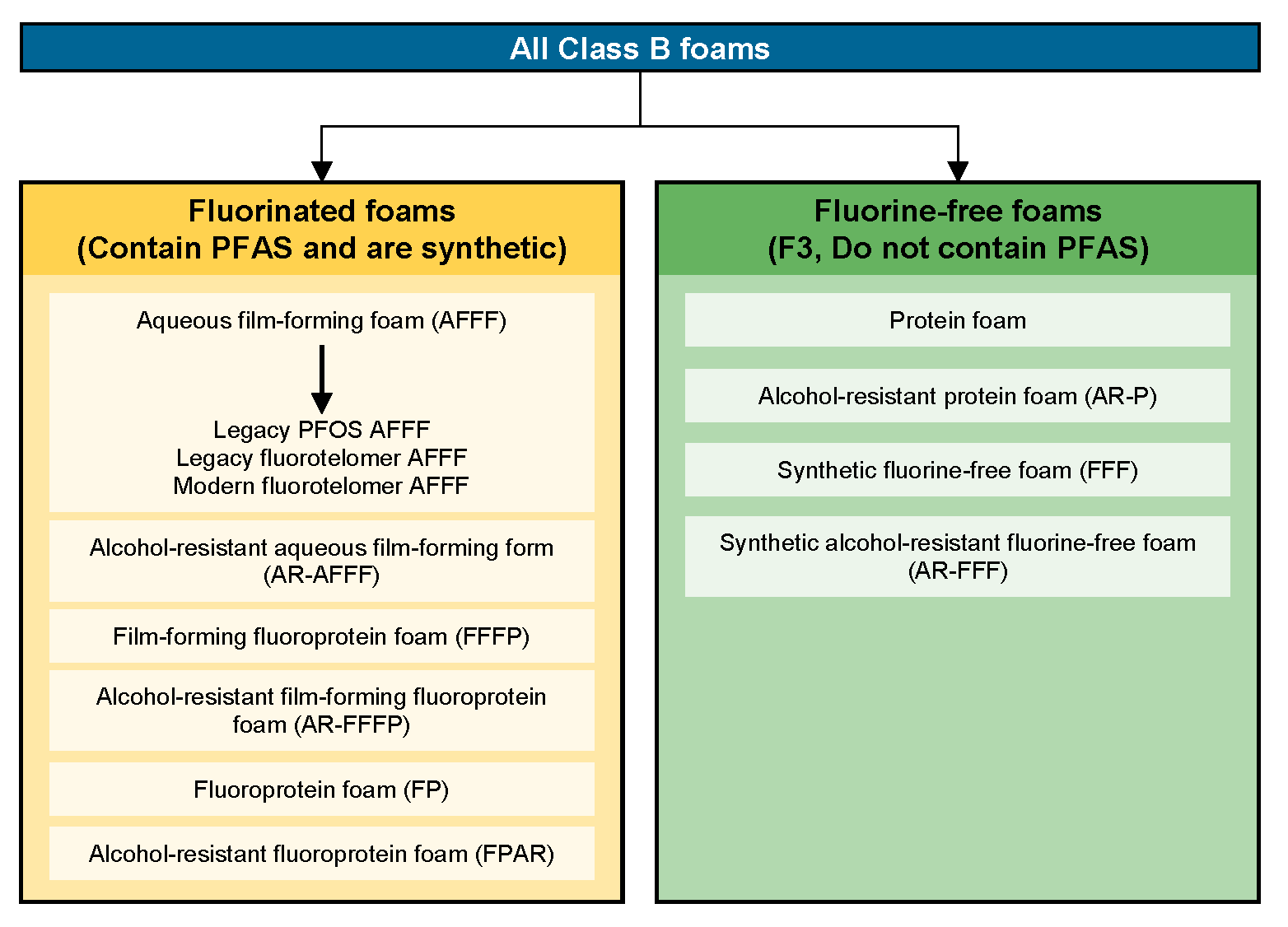
3 Firefighting Foams Pfas Per And Polyfluoroalkyl Substances

